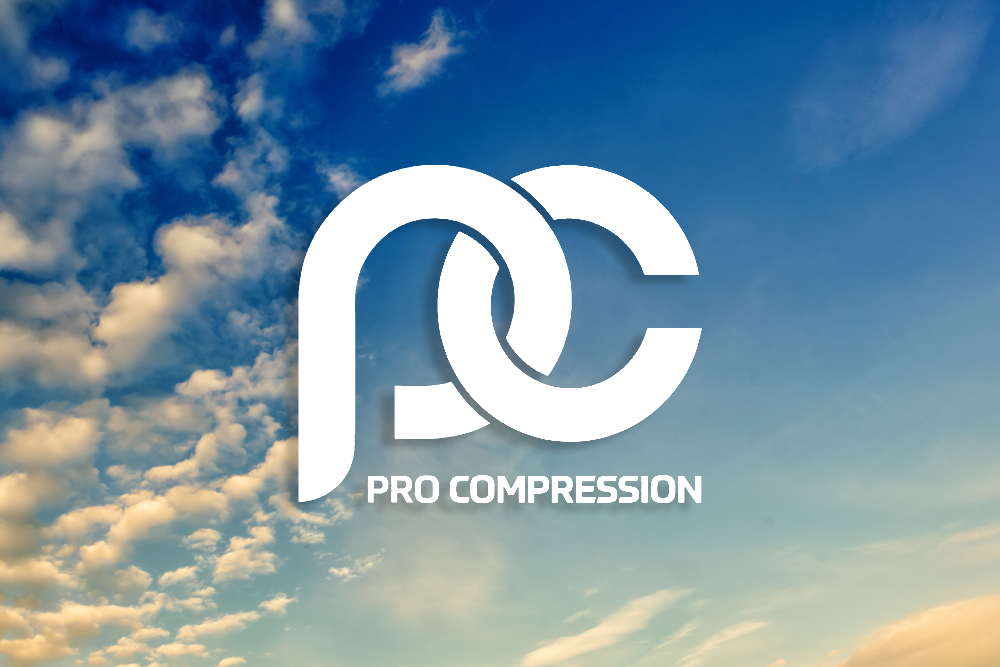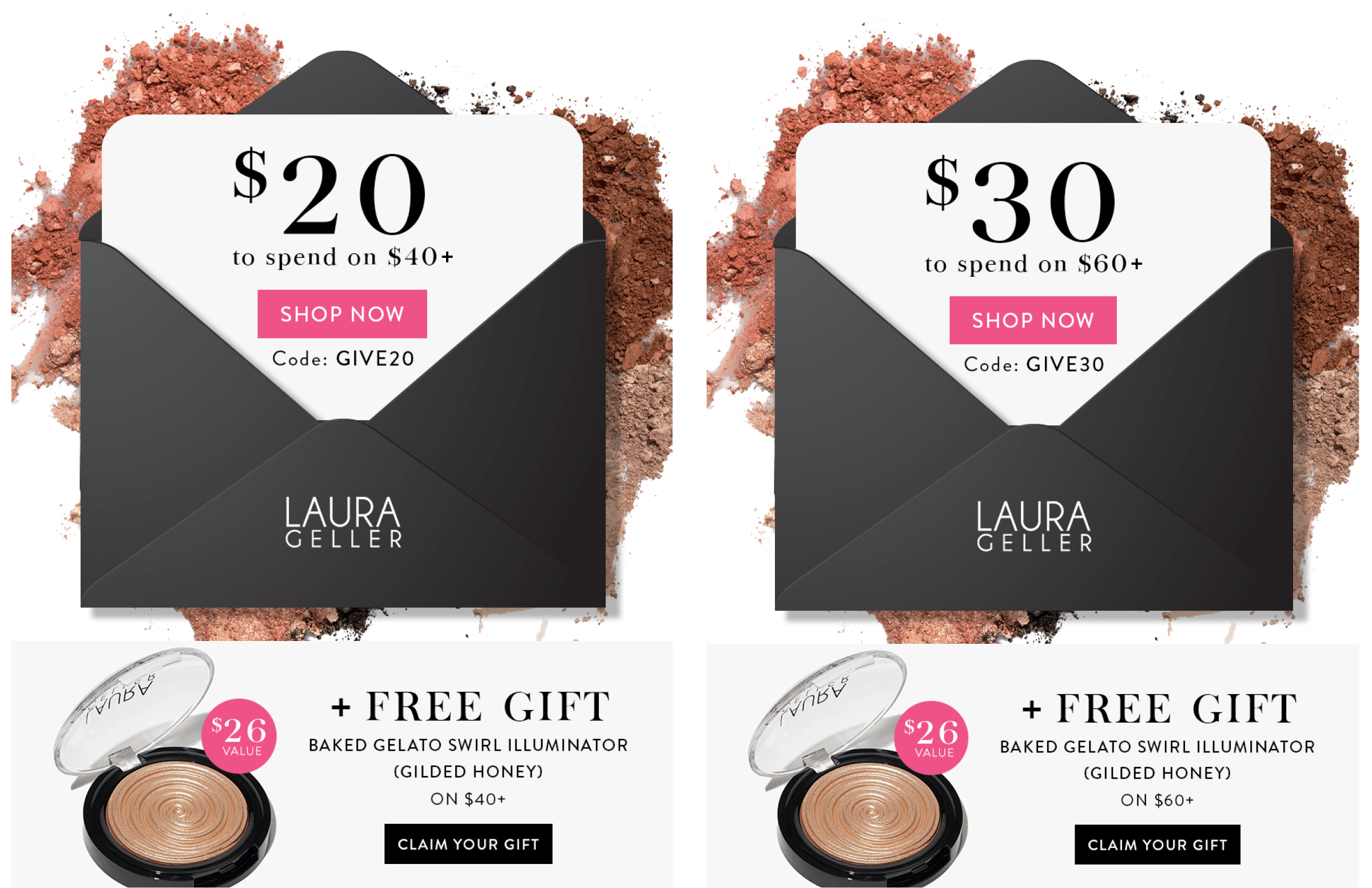These are the sort of questions we get asked very often here at Alchemy Worx, and they’re ones we’ve thought long and hard about. The answer isn’t a simple yes or no, however – for the very good reason that we think these are actually the wrong questions.
Clients are often under pressure to meet open and click rate targets, and many marketers obsessively compare their scores with the industry average. But the problem with these rates is that they are very blunt instruments, of limited value for the sophisticated email marketer. Clicks and opens only tell you about the individual campaign or message – they tell you nothing about the people you’re trying to reach, engage, convert and sell to.
Knowing, for instance, that your emails have an average open rate of 20%, 30% or even 40% doesn’t actually tell you very much about the impact your email campaign is having on your subscribers. You need to be looking not at how the campaign behaves but at how the people who got the message are behaving.
Why open and click rates and opens don’t matter (much)
For example and many of you will have experienced this, you send 2 similar email messages and one gets an open rate of 25% and one 30%, but the one with the lower open rate actually generates more clicks and more revenue. So it’s important not to get too obsessed with smashing open rate targets. After all, what are you trying to achieve: a consistent 40% open rate for the sake of it – or a significant increase in ROI? The two things are not necessarily the same, by any means.
Focus on reach and frequency
Instead of setting targets for average clicks and opens, you should be setting targets for reach and frequency – open reach and click reach, open frequency and click frequency. These metrics are easily compiled by anyone, yet they continue to be largely overlooked, for reasons that are entirely baffling to us. And the good news is that they are very easy metrics to compile. Here’s How to measure reach and here’s How to measure frequency.
Open reach
Open reach is effectively the total number of unique opens your email attracts over a given period. In website terms, it equates to unique visits – and if it’s a vital metric for a website, why wouldn’t it be for email? The greater the number of unique opens, the greater your chances of making a sale. Measuring your unique opens and clicks over time gives you a clear picture of the cumulative performance of your campaigns. The more your uniques are growing, ideally in a consistent upward trend, the better you’re doing over the long run. To get meaningful numbers when measuring reach, you need to track activity for at least a quarter – and it’s not unusual to track performance over a year or more. Of course it all depends on your market: if you trade in groceries, 3 month’s stats may be enough; if you sell insurance or Christmas trees, you’ll need at least 12 months’ figures.
Frequency
Along with reach, you need to measure the frequency of clicks and opens over the same period of time. Frequency tells you how many of your unique openers and clickers go on to open and click one or more additional messages in the month quarter or year. Separating out reach and frequency in this way gives you much more insight into why and how your open rates might be falling (or rising). And because frequency and reach are very different things, and the tactics for dealing with them are different, you get a wider range of options to remedy the cause(s) of the decline than extremely limited ‘I need a better subject line or offer’.
The value of your email content tends to impact the frequency of subscriber engagement more than reach, for instance: the more valuable info and the better the offers, the more often people will open emails. Reach, on the other hand, is typically increased by new subscribers and/or exceptional offers. A department store that offers free delivery infrequently is likely to see a spike in the sort of subscribers who haven’t opened an email for a long time, for instance, simply because it’s such an exceptional offer.
What do I do if my open or click rate is falling?
So if your open rate is dropping, you need to understand how much of that is due to reach and how much to frequency. Frequency and reach work together, but the trick with campaign strategy is to balance the claims of each to maximise your returns. If you’ve got low open or click reach your problems are likely to be solved by focusing on reach – increasing the number of unique openers and clickers over time; if you’ve got high open reach, you need to get your subscribers to open and click on more messages over time in other words focus on frequency.
For example, if your open reach is only 35%, you need to focus on getting that number up, because that means that 65% of your list still haven’t opened clicked or bought from a single one of your messages. So target that 65% with an engaging or exceptional offer.
On the other hand, if your open reach is 80% and your open rate starts to drop, it could be that your reach has peaked – you’ve got pretty much everyone who is ever likely to open or buy. In which case, you need to focus on frequency – on getting those people to open or buy more often.
If fewer people are engaging more than one of your emails, you need to focus on doing more to make them want to open the next message. You can do this by serialising your offer make them collect two coupons – tell subscribers what offers or content they can expect from you in the next email, give them money off offers that require them to open several emails, in other words find ways to distribute offers and information across messages.
Practising what we preach: how Email-Worx measures up
To summarise: by focusing on open and click rates, you can miss out on the obvious – on what actually sells. What makes people buy stuff is not open and click rates but strong open and click reach and open and click frequency. A case in point: our very own Email-Worx.
Take a look at the reach and frequency stats for EmailWorx for January – July 09. The open rate in January 09 was 66%, made up of 419 unique opens. If we were focusing on the open rate we’d be disappointed in the July 09 figure, which has actually dropped to 61%. But in fact there is no cause for alarm – quite the opposite, because the number of unique opens/month has risen from 419 to 543, an increase of 30%. More interesting still, in January 09 we were sending out fortnightly emails and in July 09 we were sending weekly emails.
If you send out more emails it’s a fact of marketing life that you will get a lower overall open rate, but this is more than compensated by an increase in the number of people who opened at least one email. We’ve increased reach and frequency – which just goes to show that a drop in open rates is not always a bad thing. Even better, when we map this growing open reach against a Google Analytics chart of visitors to our website, we see that our web traffic has increased in line with this growth.
Last updated: Feb 02, 2015 admin




